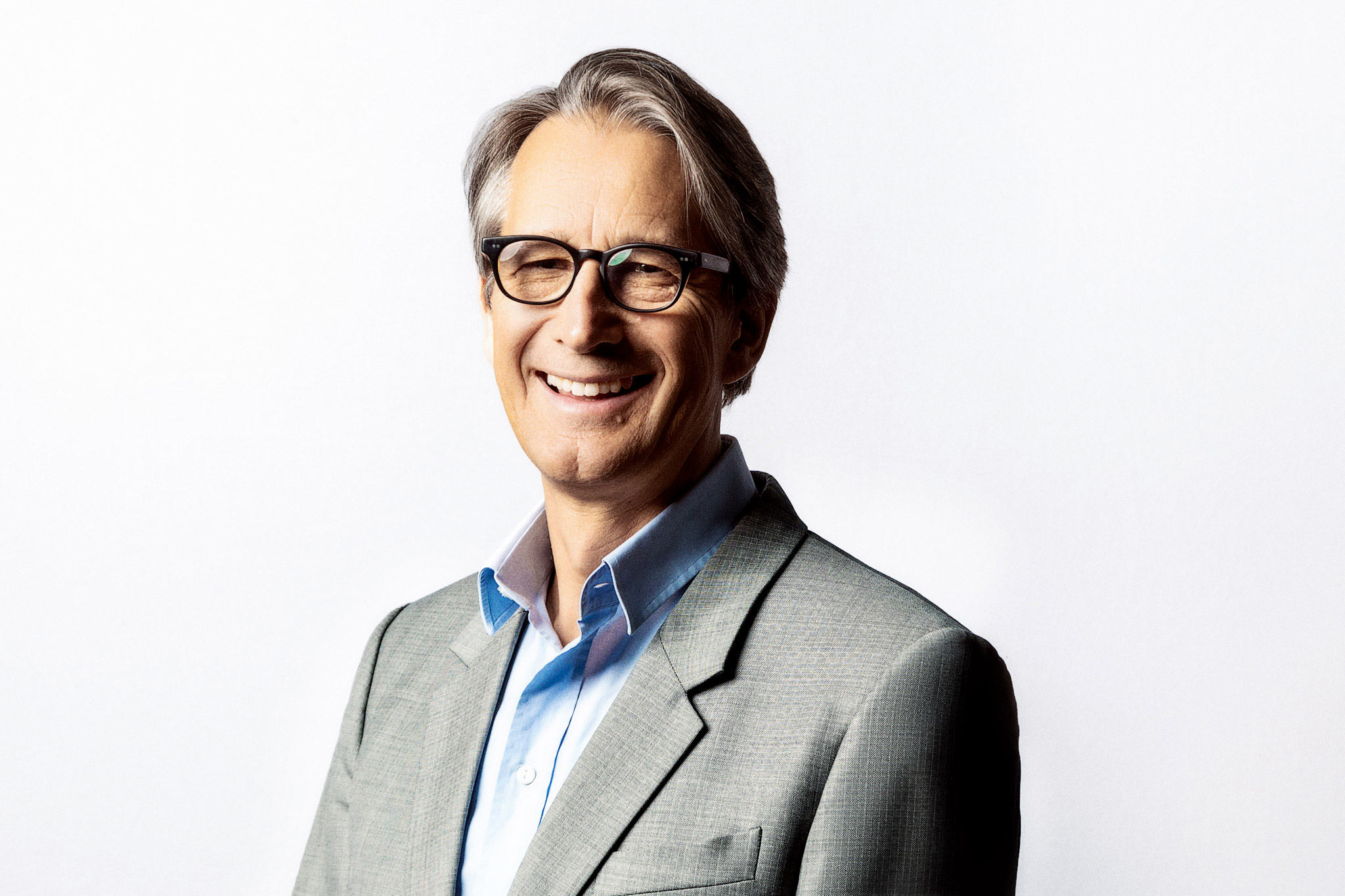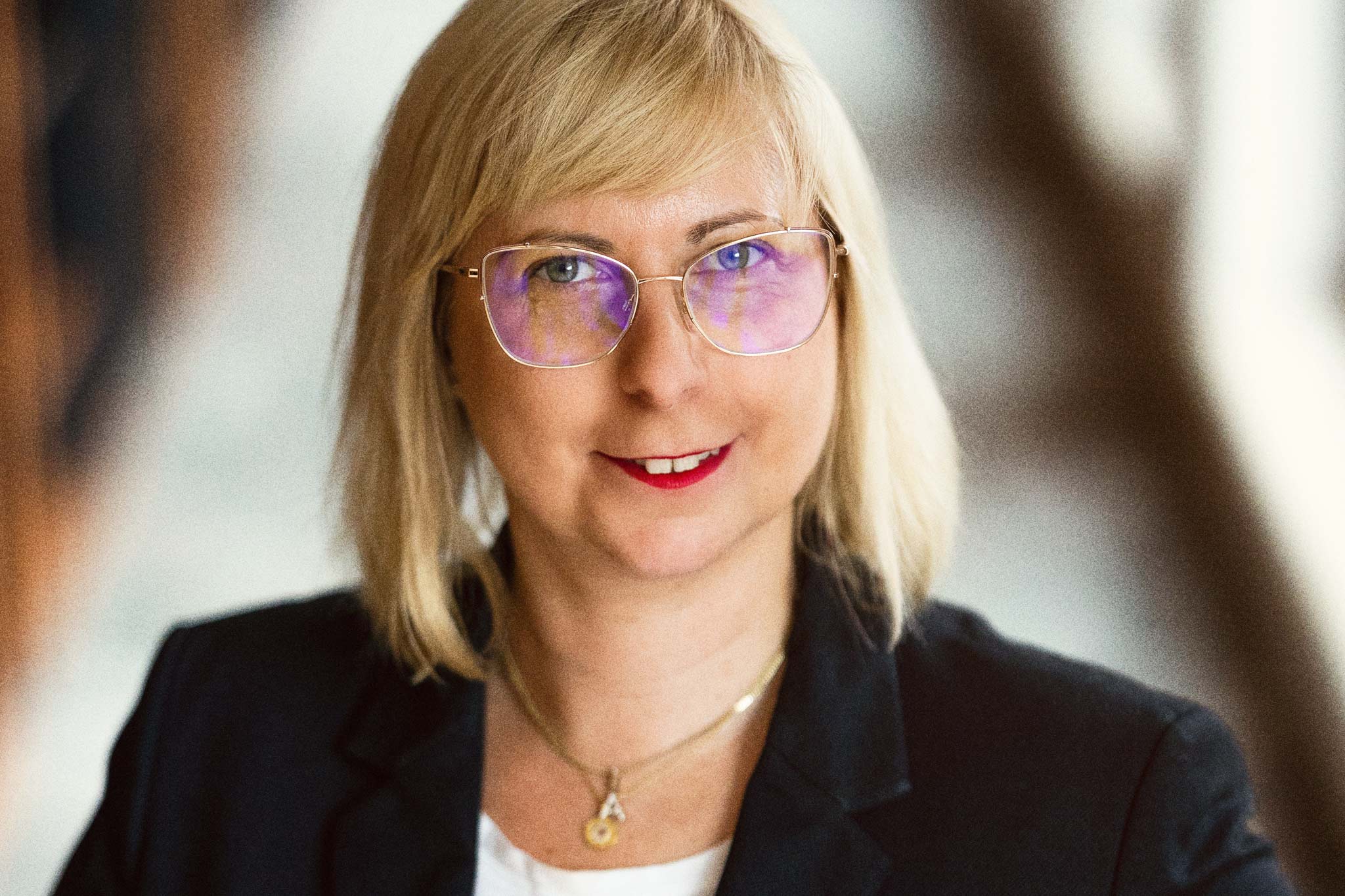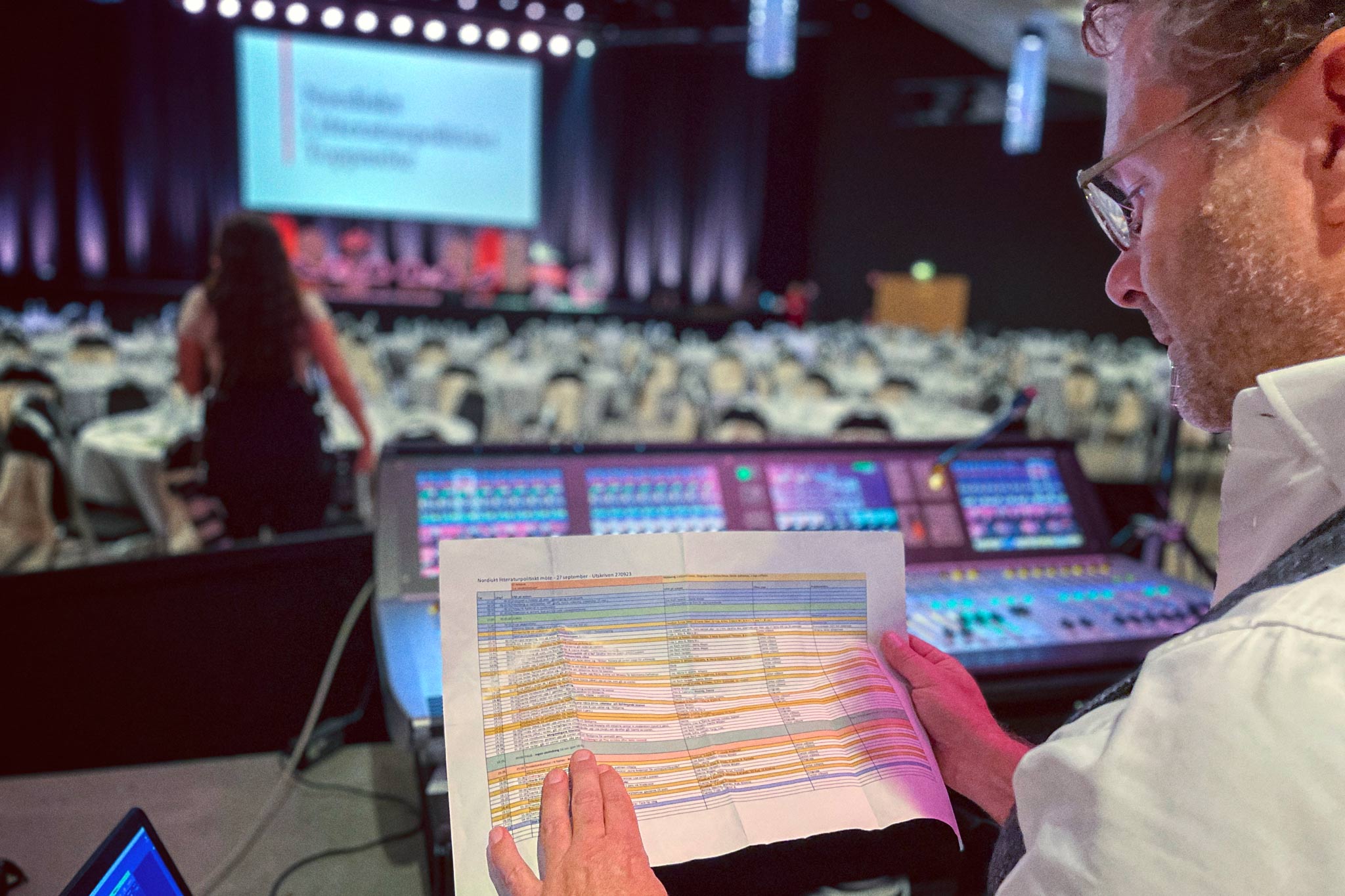Denzil Rankine, founder and executive chairman of AMR International and coauthor of Reinventing Live: The Always-on Future of Events, on the monetisation of digital events: “In theory, the economics are very positive for online only, but achieving them is really tough. And that’s because everyone came into this unprepared.”
Earlier this year, the book Reinventing Live: The Always-on Future of Events was published, after being rushed into production last year during Covid-19 by coauthors Denzil Rankine and Marco Giberti.
Actually, ‘rushed’ is a relative term. “It takes 10 weeks for a publisher to go at the speed of light in their world, from giving them a manuscript to actually managing to print the book,” Rankine told Convene. The founder and executive chairman of AMR International, a U.K.-based strategy consulting firm for the events industry, Rankine said that he and coauthor Giberti – founder and CEO of Miami, Florida–based consulting company Vesuvio Ventures – were “freaked out” about the timing.
As Rankine and Giberti, who has 25 years of experience in startups, media, technology, and the events industry, were writing the book, they were all too aware of how fast-moving our world has become because of Covid. Rankine said they wondered how different things may be by the time people were able to hold the book in their hands.
As it turns out, they needn’t have worried – the major themes of Reinventing Live have only been validated since they put pen to paper. There have been major developments on the technology side, however, Rankine said. “Hopin, for example, raised money in what’s called the unicorn category or multiple unicorns,” he said. The online events platform is valued at over $2 billion, and “it’s a company that’s only a couple of years old,” he said. “That is extraordinary. And some people would say it’s impossible to believe that that valuation is correct.”
While that development happened after the book went to press, Rankine said it’s only “material proof point of the value of event technology.” He also doesn’t think that he and Giberti were able to fully explore “that terrible word, the ‘monetisation’ of digital/virtual/online events,” but that, he said, remains “a work in progress” for industry practitioners.
“In theory, the economics are very positive for online only, but achieving them is really tough,” he said. “That’s because everyone came into this unprepared. This is an analog industry that had to – to use the jargon term – ‘pivot’ to digital or virtual overnight. And as a result, people weren’t prepared … and there have been some bad user experiences.”
Now, Rankine said, we’re on a “really fast learning phase where the bad user experiences are more limited and the ability to deliver value and therefore to ask for payment from sponsors or from attendees is becoming more realistic. So, we have an extraordinary journey here in this industry that was 2 per cent digital at the time of us writing this book in 2019. And I think our view is that it should become 25 per cent digital. That’s a massive amount. That’s somewhere in the region of $15 to $20 billions of digital revenue that will come into an industry that didn’t understand it. There’s going to be a lot of figuring out, a lot of learning – as we say in the book, unlearning has to be done in order to relearn.”
Convene spoke to Rankine at his home in London via Zoom, where he was on lockdown, to hear more about the thinking behind Reinventing Live.
Did you anticipate that we would be at this stage in terms of vaccination distribution, variants, and other Covid-related impacts in the first quarter of 2021?
“With very broad brushes, yes. But we were not looking at the question of when will the crisis end, when will we get back to some kind of new normal. We were simply looking at it from a business model point of view, knowing that we would come out of this at some stage. We were very confident that face-to-face would return. We didn’t see it as being wiped out in the way that paper advertising was wiped out by Google.
“We now have even more proof points to see that face-to-face will return, but it will come back smaller and it will come back slightly different. ‘Hybrid’ is the big word of the moment and in a number of years, it will disappear. It will just be completely normal for a conference to have a digital journey beforehand, to have an in-person experience, and connection supported by more digital tools with remote attendance, and then more follow-up.
“That’s just going to be a ‘conference’ and no one’s going to call it a ‘hybrid conference’. It’s like, you don’t go into someone’s house now and say, ‘Whoa, you’ve got electricity.’ It’s just there. So, we will get to that point – the sooner the better.”
“Look outside of what we’ve done before has to be the mantra”
Do you see resistance to this new model? You talk about a number of challenges in the book. What would you say is the biggest challenge for a traditional association meeting planner?
“Well, if you don’t mind, I will be a little brutal here. And I’ve mentioned this. It comes from Star Wars. You will have to unlearn what you have learned.
“There was one person we spoke to amongst the many thought leaders, CEOs, and so on, who made a bold statement – that really the organising skillset is the most commodified and the most at risk. I’m sorry, that’s a brutal message, because I do know that the skillset to organise a conference is quite a tricky one to acquire. It requires a certain mindset, and it’s not easy to really execute excellently in conferences.
“But if you look at motor companies, automotive makers, some years ago, a number of them decided that all they were really going to do was design and market a car. The making of the car, you can just rent a factory to do that – that was their mindset. It’s very complex to make a car, but that’s actually a relatively commodified skillset compared to the design and the marketing.
“You could say similar things for some other technology companies. In our world, we have the same thing. There’s a real focus on the process and organising skill, but actually that is not really the skill of tomorrow. The leaders are going to be the ones who know how to operate as community catalysts, as we say, not just event organisers, as people who are going to find solutions for their audience and the process part of organising is less important.
“So, I think for the whole community that you’re working with, that’s a tough message. And it means that the No. 1 skillset is no longer your food and beverage and your contracting of the venue and so on. The No. 1 skill set is matching your events – I shouldn’t really say your events – your brand, to the needs of the audience, and constantly adapting it in an omnichannel world to what that audience needs.
“Quite a number of CEOs we spoke to would admit privately that half of the people they came into this with in 2020 would probably not have the right mindset for the future. And for some of those people, it would be quite difficult to change. Some could, but others would struggle in the new world.”
That, I think, plays into what you call O-O-O, online, offline, online, a main theme in the book. Can you elaborate here on that?
“The journey starts online, and it may be that you have this in your regular consumer life. You need go to buy a new product. You might start looking for something on your computer or your phone, so you start online. Also, in that journey, you might start online to see where you’re going to go to look at things. So, the information, connection, discovery, and so on is going to start online.
“We already have some of that, although the initial move towards digital and event organising was just a cost-saving [measure] – we got rid of mailing out brochures, and we emailed them [instead] to people. But I wouldn’t really call that online – that was a cost saving. So, we’re now talking about more of a journey where there is much greater connection in that discovery phase, where people are deciding what they’re going to engage with.
“If they want to go to a conference, they’re looking at the programs, and then of course, they’re leaving a digital exhaust. Everywhere you go, you leave this digital exhaust and that digital exhaust then allows the organiser and also their sponsors to see who’s [going where]. We can also move towards peer-to-peer through this as well.
“This is the online preparation for the event. Then we say, you go offline. You could critique that and say, well, that’s not entirely correct because maybe we’ll have 100 people in a room or maybe thousands, but then we should also have many more remote and they are online.
“So, you could say you never really leave the online world. Then afterwards, obviously you want to have the online follow-up, having been offline at the events, and that’s tricky to really maintain that momentum afterwards. You tend to trail off a little faster, but that’s part of the whole point – maintaining that engagement. We’ll find that we don’t just necessarily have annual meetings. We’re going to have more connection, can link to that annual celebration where people come together offline, face-to-face.”
“‘Hybrid’ is the big word of the moment and in a number of years, it will disappear”
One of the things that I didn’t see you really explore in the book in terms of reskilling is the concept of a virtual event as more of a broadcast. What kinds of skills do you think are required along these lines?
“I think it’s really starting with a clean piece of paper. We have the Freight Waves case study in the book and Freight Waves [an information provider in the freight industry] is so interesting because these guys were not in the events industry. They didn’t understand events. And it was really early in the pandemic that they were faced with the difficulty of canceling their event. The CEO, Craig Fuller, he just simply thought, well, what if it’s just a TV show? So, he created one. That’s because he didn’t have any baggage.
“I would say the No. 1 thing, which is so difficult, is to unlearn what you’ve done in the past and do some finding out about broadcasts. You’ll sometimes hear people talk about a 70/30 relationship between live and recorded. In the Freight Waves case study, they were really surprised by the success of the recorded [content], including what were essentially advertisements – commercials. They achieved 90 per cent of their revenue target that they would normally get from an in-person event.
“I would say it would be interesting to do some finding out about using those broadcast techniques – use the whole range. Look outside of what we’ve done before has to be the mantra. The best events are going to be those that reinvent their way of doing things. You don’t put technology at the centre, you put the customer at the centre. What is it that that customer is going to need?
“The first mistake we see is operating in the old way and trying to translate physical into digital – because it’s not a direct translation. And the second big mistake we see is someone who says, ‘Oh, here’s a shiny technology. This technology can make you a cup of coffee on Mars. And isn’t that cool?’ Well, the answer is, maybe that is cool, but no one wants a cup of coffee on Mars. That’s irrelevant.
“There’s this whole thing called design thinking that I just think is common-sense thinking, but someone’s given it this fancy name. It’s really just what is it your customer wants? Think about that customer. They need to be educated. They need to find about a new service. They need to do XYZ to get a promotion, to make their boss happy. How do we give it to them? Our toolkit is everything available in the world. Not just the way we did it yesterday, or the technology company that phoned me up saying, ‘You must do it my way.’”
Switching gears a bit, but speaking to changing business models. We have all of these big, purpose-built venues, yet smaller events will be the trend going forward. With so much of their space going unused, how do you see event venues reimagining themselves?
“This is going to be challenging. If you look at venue occupancy, you will see some high points – Shanghai, Hong Kong, New York, Las Vegas. You’re going to find that certain places will continue because they’ve got the demand. We’re going to see that some of the major venues in somewhat less popular cities will be under pressure and they will be struggling to sell their space. They’re going to have to promote all the harder. I don’t know the extent to which they can offer more incentives in order to attract business, but some of those will be struggling.
“We see a lot of venues adding studios. I think that makes sense, because if you have a TV studio, this really talks to the modern world, the hybrid and so on. That takes up a small amount of your space, but that’s part of the attraction and that’s going to be a cost for those venues.
“I think we’re going to see continued growth for alternative venues, like the example of Berlin’s old railway station being a funky venue for fashion shows and so on. Those will have more of a future in this. But for the mid-tier, mid-sized, secondary and tertiary cities, it’s going to be a little bit more challenging, unfortunately.”
“The No. 1 thing, which is so difficult, is to unlearn what you’ve done in the past”
As you point out in the book, venues may need to invest more in technology in terms of digital way-finding signage, broadband, and other high-tech solutions that people have become accustomed to as consumers.
“You nailed it. I think that we will be less tolerant of a really outdated experience in our business life. Given the consumer experience we have, which is pretty much seamless and integrated with what we can do with our phone, that won’t be accepted. We’ll see innovators and B-to-B will come in with better offerings – we’re going to see some changes there.”
One point you make in Reinventing Live is that many organisations do not have an event strategy. Can you elaborate?
“We quote the data. There was a survey done of associations and half of them don’t have a strategy. It is shocking that that is the case. It means that they have a plan and a budget. And you go from year to year and you budget, the financial processes. You say, ‘Okay, last year we had revenues of 100 K. This year let’s get to 103 K or 105 K, or whatever. So, let’s put the management team under a bit of pressure. See if we can do a bit more.’
“Then you have a plan. Your plan is, we’re going to run the event in this venue and we’re going to execute it in this way. Someone might have some bright ideas, or you may have an approach to add some sessions or do some things – but you’re just operating.
“All you’re doing is operating, like you’re in the railroad and you’re just operating the trains. You’ve got a budget and you’ve got a plan and you make them all go. The difficulty is that the served markets are changing. So, our customers, who are our attendees and our sponsors and so on, they’re operating in really dynamic markets, which are changing the whole time. And there’s going to be innovation. There’ll be new, hot topics. Things coming in. The structured industry could change. There could be consolidation. There is a remarkable amount of change that takes place over a number of years. If you just operate with a budget and with a plan, at best you are following the industry.
“The event organiser should no longer be an event organiser they should be the community catalyst. They should understand their community. They should understand what is needed in that community. What will be the topics of tomorrow? How do we make sure we address them? How do we reshape our events? Do we close down certain segments of it? Do we open up new segments? You are then doing this with a strategy and your strategy reflects the future of your served market. And by having that strategy, we’re able then to keep up with the needs of our users.
“We’ve seen a number of major trade shows collapse, Comdex, and so on. These were events without strategies – unfortunately, it has been proven that having no strategy is detrimental to the health of your event. And yet we’ve got this operating mindset. I talked about that earlier – the operator side is that skillset described as commodified by some, and the skillset that’s really needed is that of the brand manager or the strategist or the community catalyst, who’s going to constantly shape the event for the needs of the industry.”
You saw some of these changes coming before Covid, but the pandemic has accelerated them.
“That is absolutely correct. Unfortunately, the industry was very robust before Covid-19. Although there were these headwinds, people were still making money. They were still being successful. There was no burning need to change. What would happen is that you could have a discussion with some people, and they would say, ‘Oh yeah, yeah, yeah. I guess we could do things a bit better to make the user experience a bit better,’ or ‘Yeah, we don’t have much digital.’ And then it became, at best, a Friday afternoon activity to have a think about how to change things. There was no compelling need to change. That’s why this industry came into the crisis wholly unprepared.”
You say that organisers are not going to monetise event tech well, because they’re still learning. Could you give an example of how they could monetise event tech?
“What I’m saying is to begin is extremely hard. With the learning process, it’s going to become easier. I’ll give the case study example of an organiser called Easyfairs. Based in continental Europe, they’ve got 150 events spread across the countries, slightly smaller events. They created a product called Easy Go – a bundle of digital services.
“All of their customers were given this bundle of digital services and they started this six or seven years ago. When they first launched it, it had limited success. Then they found that it wasn’t getting a resign. That is because they didn’t create that bundle of services fully matched to the needs of their customers. So, they then looked at it, found out what would customers value. In one case, the trade-show element would be the lead retrieval, the scanning of badges and the data linked to that.
“They discovered also that some customers were more interested in getting new leads. Others were more interested in promoting their brands. So, they reinvented the packages of Easy Go to make sure that they suited the needs of exhibitors and sponsors, also specifically that the attendees would be engaged with the services.
“They relaunched it, monitored the progress. And that became 10 per cent of the group’s revenues, in an industry where digital was 2 per cent. They could only do that because they worked really hard at it, recognised the misstep they had made to begin with, and then recreated it in the eyes of the needs of their customers.
“The event organiser should no longer be an event organiser they should be the community catalyst”
“I think that’s the standout example. The lessons there are just exactly what I’ve described: Find out what your customers are trying to achieve, look for the digital tools which already exist, and then find a way to introduce them without overcharging your customers, pricing it to value. Then you’ll be successful.
“It’s very important to have team members who are going to ensure that your customers actually use these digital tools. This isn’t a question of creating a set of digital tools, doing a press release, and saying, ‘Here we are, isn’t it great? We’ve got an online marketplace. Life is fantastic.’ That’s actually the first step of the journey. You then have to make sure that it’s being used and that’s called ‘the customer success function.’
“I would say as you’re selecting your vendor for whatever platform you’re using it’s going to be very important to test them out on their customer success support and ask the very simple question: Who is going to make sure that this is being used effectively and properly? Is that coming from you guys in the software house, or are you expecting us to do that?
“Because it has to happen and there is a cost to it. Then we will get the engagement because people are going to be used to it, but our audience isn’t used to these tools. And if you just send them an email telling them about a wonderful, shiny tool, they’re not going to all jump on and use it tomorrow, or they may not use it properly.”
What kind of feedback have you gotten on the book?
“It’s actually been received really well. I think it’s created a lot of debate, which is what we’re looking for. We just hope that it’s going to be a guide for people in the industry. I’ve been staggered to receive comments from people who I thought had no interest or knowledge of events at all, who’ve gotten in touch to say, ‘This is fantastic.’ Because events have touched them a little bit more than I would have imagined. We’re delighted because we really wanted to have reach within the events industry itself, but there’s also some positive feedback from outside. I guess it’s made all the effort worthwhile.”
Reprinted with permission of Convene, the magazine of the Professional Convention Management Association. © 2021





